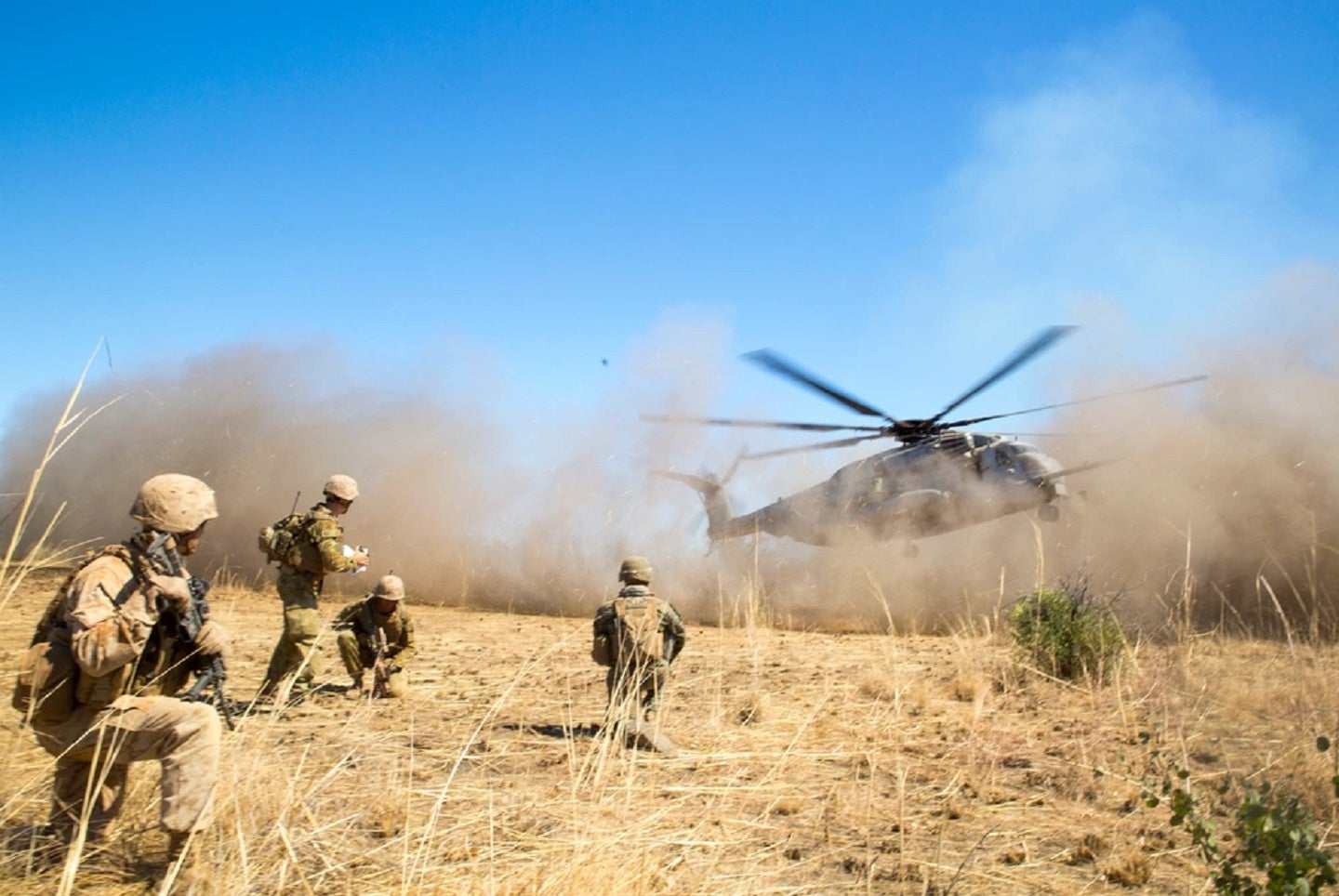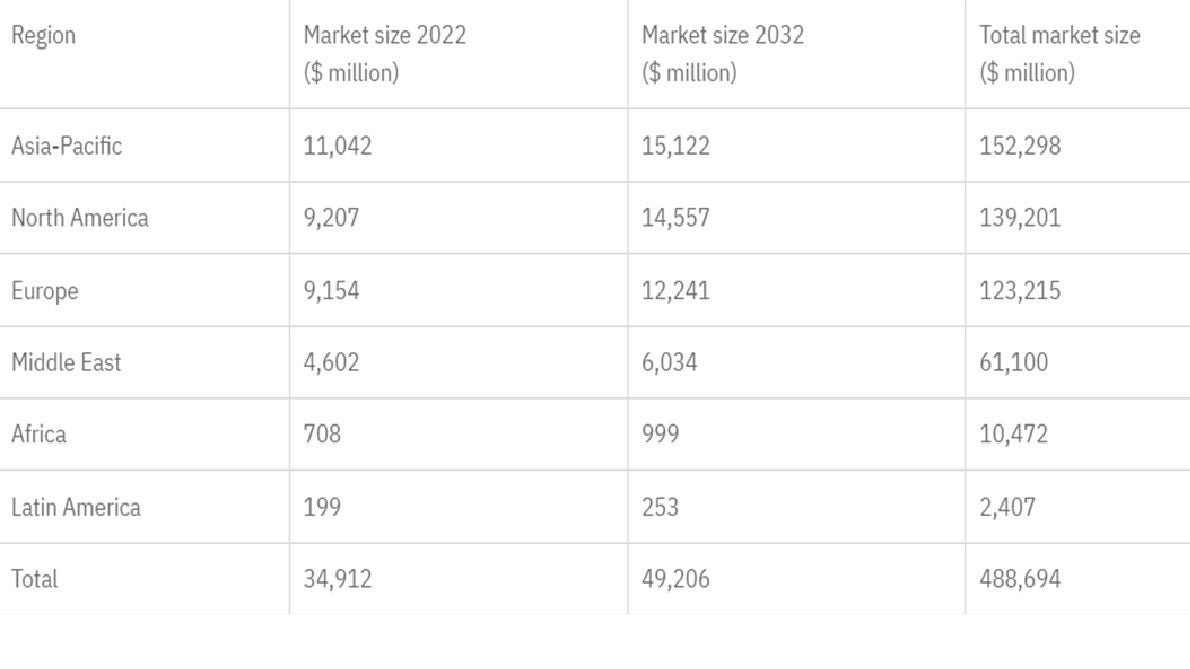
BAE Systems Australia and European missile group MBDA announced a collaboration agreement that will support Australia as it establishes its sovereign Guided Weapons and Explosive Ordnance (GWEO) enterprise.
In March 2021, the Albanese government launched a programme to cultivate an indigenous defence industrial base to fulfil three objectives: to create a sustainable ecosystem for its GWEO; improve its availability and reliability of GWEO; and increase the Australian Defence Force’s (ADF) inventory of GWEO.
The industrial collaboration between BAE and MBDA is a direct response to the GWEO enterprise. Delivery of weapon system capabilities through the collaboration will develop enduring Australian industry capability through the transfer of knowledge, product assembly, and test.
The initial areas of collaboration will focus on the weaponisation of BAE Systems’ Strix uncrewed aerial system (UAS) to meet the Army, Navy, and Air Force capability needs. Alongside this will be the development of a skills and capability initiative to upskill and build capacity within the Australian GWEO ecosystem.
This collaboration comes off the heels of a long string of efforts to get internal industries to produce Australian platforms. In fact, the Strix UAS is Australia’s first domestically designed, manufactured and armed electric vertical take-off and landing (eVTOL) UAS. Strix was developed by BAE Systems Australia with local Perth-based partner, Innovaero, and was showcased at the 2023 Avalon Airshow in Geelong, Australia on 28 February.
GlobalData’s findings in their report on Venture Capital Investments in Aerospace, Defence and Security in Q4 2022 tell us that eVTOL vehicles are at the forefront of Urban AirMobility developments. The technology required for eVTOL aircraft is rapidly maturing. Small start-ups have received significant venture financing across the automotive and aerospace sectors.
It seems tactful for the ADF to make a start coaxing business cooperation in this nascent industry.
Not only to absorb knowledge and expertise for its own indigenous industrial base, but to gain venture capital to grow local businesses like Innovaero, which last saw a 10.24% stake purchase by CFOAM, an Australian company, in October 2020 according to the GlobalData company intelligence.
Leveraging Europe
The collaboration will be supported by MBDA’s compelling product portfolio, industrial capabilities, expertise, and access to global markets, opening up the potential for future GWEO exports with the hope that the defence world will begin to buy Australian.
MDMA Missile Systems is a pan-European defence firm that is highly integrated in its industrial collaboration. The company benefits from an expansive supply chain, partners, and services because of its integrated structure.
The company functions as a joint venture of the three European leaders in aerospace and defence: Airbus (37.5%), BAE Systems (37.5%), and Leonardo (25%).
In this spirit of industrial integration, the ADF will be able to access a stream of the MBDA skills and resources as Australia serves as an attractive and reliable industrial base open to foreign industry in the Asia-Pacific region.
Strategic environment in Asia-Pacific
GlobalData’s Intelligence Centre details a vast amount of data in its account on the Global Missiles & Missile Defence Systems Market, 2022-32. It is clear that geopolitical tension has become a driving factor for Australia’s GWEO enterprise, as the country, and its neighbours, increase their defence expenditure as China becomes increasingly belligerent in the South China Sea (SCS).

The table shows that the Asia-Pacific region leads in the missile defence systems market by a large margin, followed by North America.
Territorial disputes and armed standoffs between several countries, such as India-China, India-Pakistan, North Korea-South Korea, and China-Taiwan, are expected to increase the deployment of missiles and associated launch systems in the region.
In addition, the ongoing territorial disputes in the South China Sea region between China and several other sovereign states is also anticipated to drive the regional market over the forecast period.
Australia is no exception as it similarly stands in defiance against Chinese autocracy as a democratic ally in the Asia-Pacific region.
Sino-Australian relations have soured significantly in the last few years, with Australia bolstering its ally, the US, as Australia emphasised its “determination to counter the destabilizing military activities by the People’s Republic of China”.
Australia’s intent to establish an enduring sovereign guided weapons capability is, to some extent, driven by the need to prepare and secure itself with advanced capabilities amidst the larger geopolitical tensions at play in the region.







